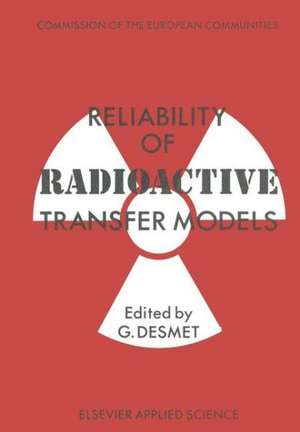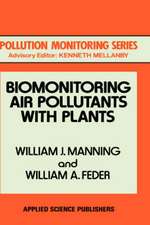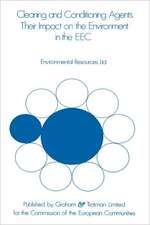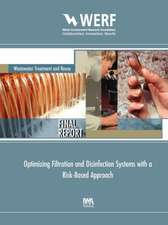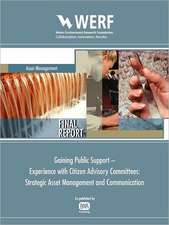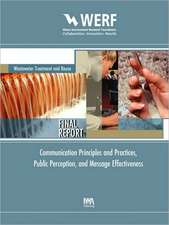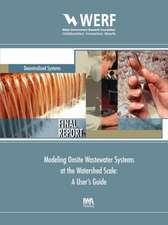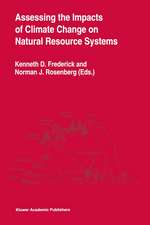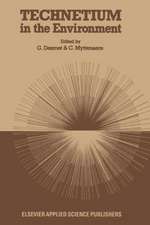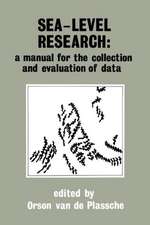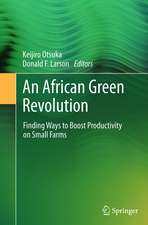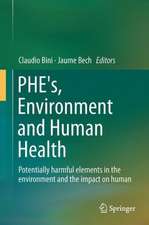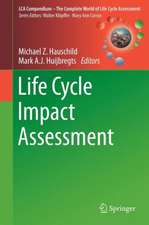Reliability of Radioactive Transfer Models
Autor G. Desmeten Limba Engleză Paperback – 20 sep 2011
Preț: 395.85 lei
Nou
Puncte Express: 594
Preț estimativ în valută:
75.75€ • 82.26$ • 63.63£
75.75€ • 82.26$ • 63.63£
Carte tipărită la comandă
Livrare economică 22 aprilie-06 mai
Preluare comenzi: 021 569.72.76
Specificații
ISBN-13: 9789401071109
ISBN-10: 9401071101
Pagini: 376
Ilustrații: 356 p.
Dimensiuni: 170 x 244 x 20 mm
Greutate: 0.6 kg
Ediția:Softcover reprint of the original 1st ed. 1988
Editura: SPRINGER NETHERLANDS
Colecția Springer
Locul publicării:Dordrecht, Netherlands
ISBN-10: 9401071101
Pagini: 376
Ilustrații: 356 p.
Dimensiuni: 170 x 244 x 20 mm
Greutate: 0.6 kg
Ediția:Softcover reprint of the original 1st ed. 1988
Editura: SPRINGER NETHERLANDS
Colecția Springer
Locul publicării:Dordrecht, Netherlands
Public țintă
ResearchCuprins
Session 1: Overview of Model Reliability and Testing Studies.- An overview of the IAEA Safety Series on procedures for evaluating the reliability of predictions made by environmental transfer models.- Verification and validation of NRPB models for radionuclide transfer through the environment.- BIOMOVS: an international model validation study.- Session 2: Transfer Air-Land.- A comparison of model predictions of gaseous dispersion with environmental measurements of 14C around Sellafield, UK.- Calculation model for the impact on soil due to tritium emission into the atmosphere during snowfall.- Confirmation of laboratory results by HT releases under field conditions: HT deposition velocity and reemission rate.- Uncertainty analysis and model validation for a retrospective assessment of thyroid dose resulting from atomic weapons’ test fallout.- An application of a diagnostic wind model to describe atmospheric transport.- Sea breeze wind field prediction in atmospheric dispersion modelling.- Session 3: Transfer in Terrestrial Environment.- A comparison of model predictions and observations of the transfer of 137Cs through the air-pasture-cow-milk pathway.- From model intercomparison to model validation: an example from the BIOMOVS study.- Cesium transport in food chains: comparison of model predictions and observations.- Comparing predictions of two radioecological models with measured values.- Validation of the farmland models for radionuclide transfer through terrestrial foodchains.- Modelling the radiocesium content in milk and comparison with the measured data after the Chernobyl accident.- Particulate transport processes in agroecosystems: validation of predictive models.- The IUR project on soil-to-plant transfer factors of radionuclides: expected values anduncertainties.- Validation of dynamic foodchain models: results of an experimental programme.- Transfer of radionuclides to food plants: root versus foliar uptake.- Session 4a: Transfer in the Aquatic Environment Fresh Water.- Intercomparison of model calculation of the turnover of Ra-226 within an aquatic ecosystem.- Uncertainties associated with estimates of radium accumulation in lake sediments and biota.- Finite element modelling of transport of radium-226 and uranium from Port Granby radioactive waste management site to Lake Ontario.- Biosphere model validation by intercomparison to observed behaviour of fallout radionuclides in the aquatic environment.- Dose assessment and uncertainty with respect to liquid effluent discharges.- Session 4b: Transfer in the Aquatic Environment Marine Ecosystem.- A model performance test for the aquatic dispersion of radionuclides in the North-East Atlantic waters.- Radioactivity of French coast of the Channel due to the release of technetium-99 and iodine-129: modelisation and measurements.- Comparison of marine dispersion model predictions with environmental radionuclide concentrations.- Modelling the behaviour of long-lived radionuclides in the Irish Sea: comparison of model predictions with field observations.- Comparison of models for assessing the radiological impacts of deep-sea disposal of radioactive wastes.- Modelling the sea-to-land transfer of marine discharges from Sellafield: validation against environmental measurements.- Session 5: Transfer in the Biosphere From Waste Repositories.- Comparison of two model approaches for the geosphere/biosphere interface.- The reliability of environmental transfer models applied to waste disposal.- Sensitivity analysis applied to the disposal of low and medium-level waste.- Modelling the radiological impact of release of radionuclides into the biosphere from solid waste disposal facilities.- Session 6: Uncertainty Analysis.- DIVIS: a programme package to support the probabilistic modelling of parameter uncertainties.- The generation of experimental designs for uncertainty and sensitivity analysis of model predictions with emphasis on dependences between uncertain parameters.- Uncertainty analysis for ranking parameters in environmental mathematical modelling.- Reports from Chairmen of Sessions 1, 2, 4a, 4b, 5.- Conclusions.- List of Participants.
